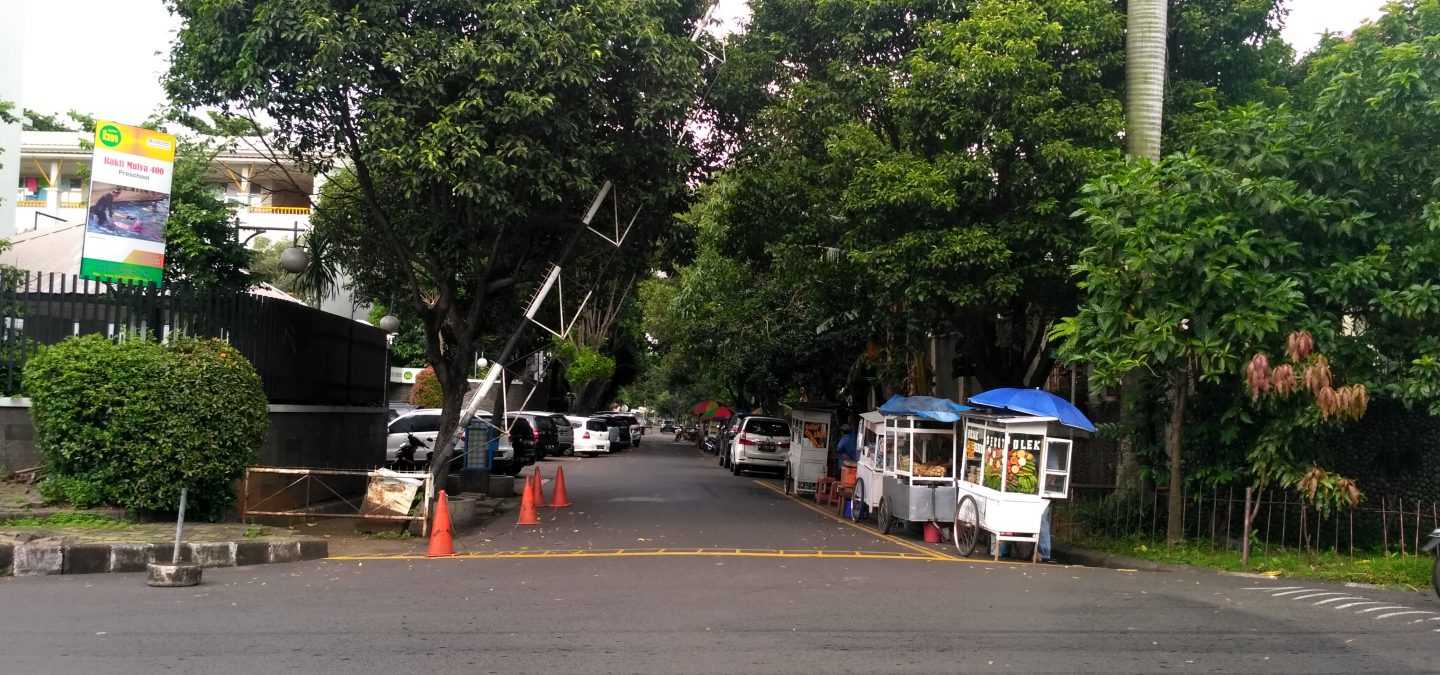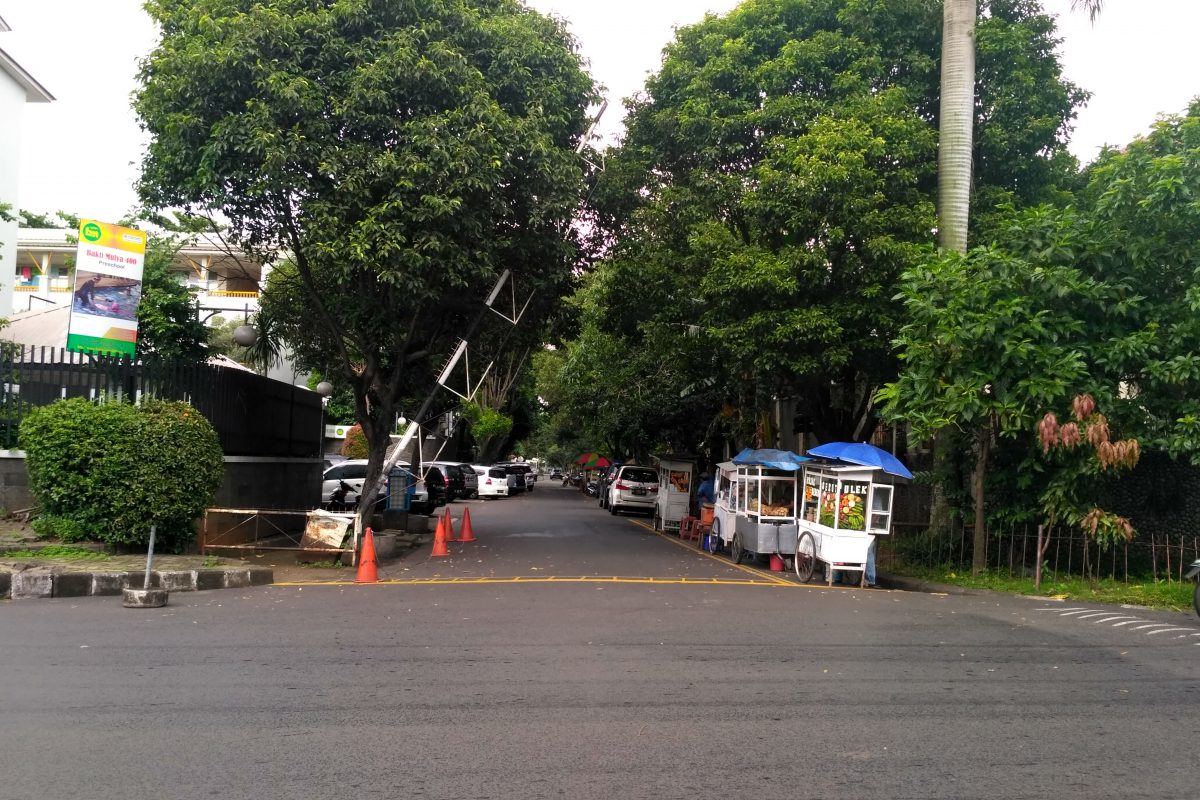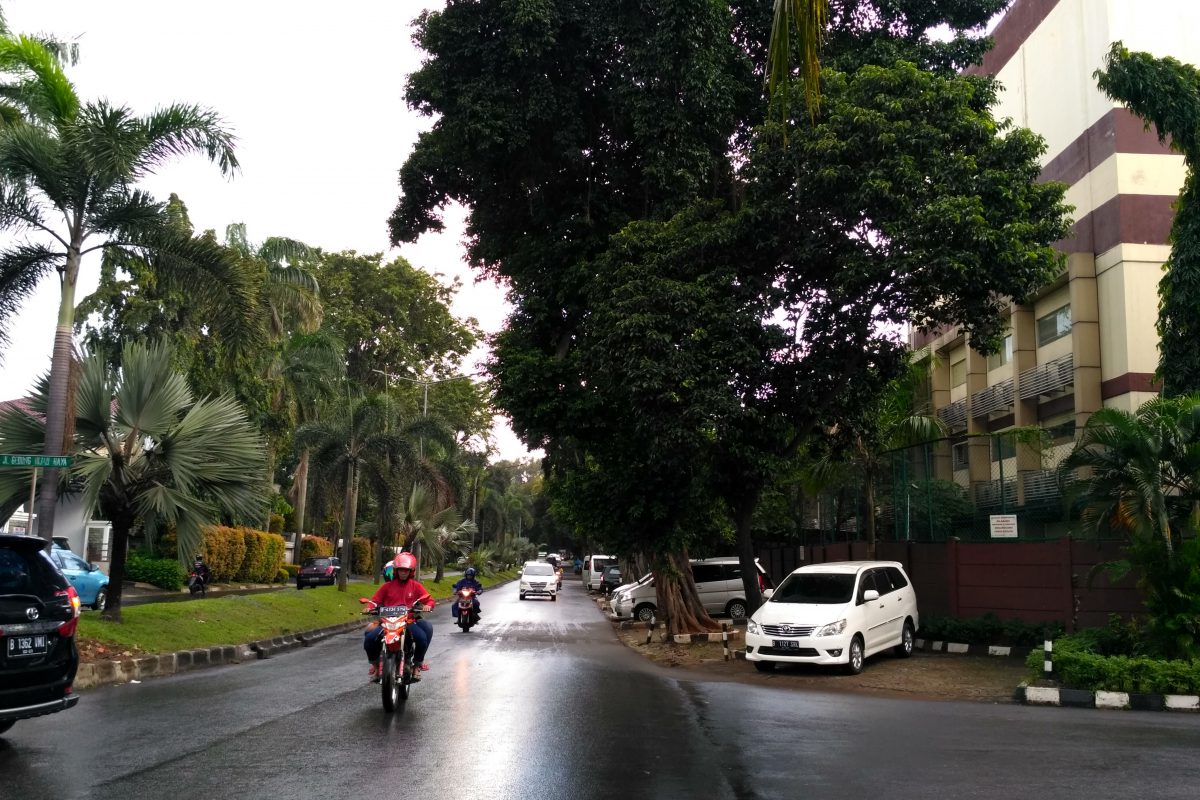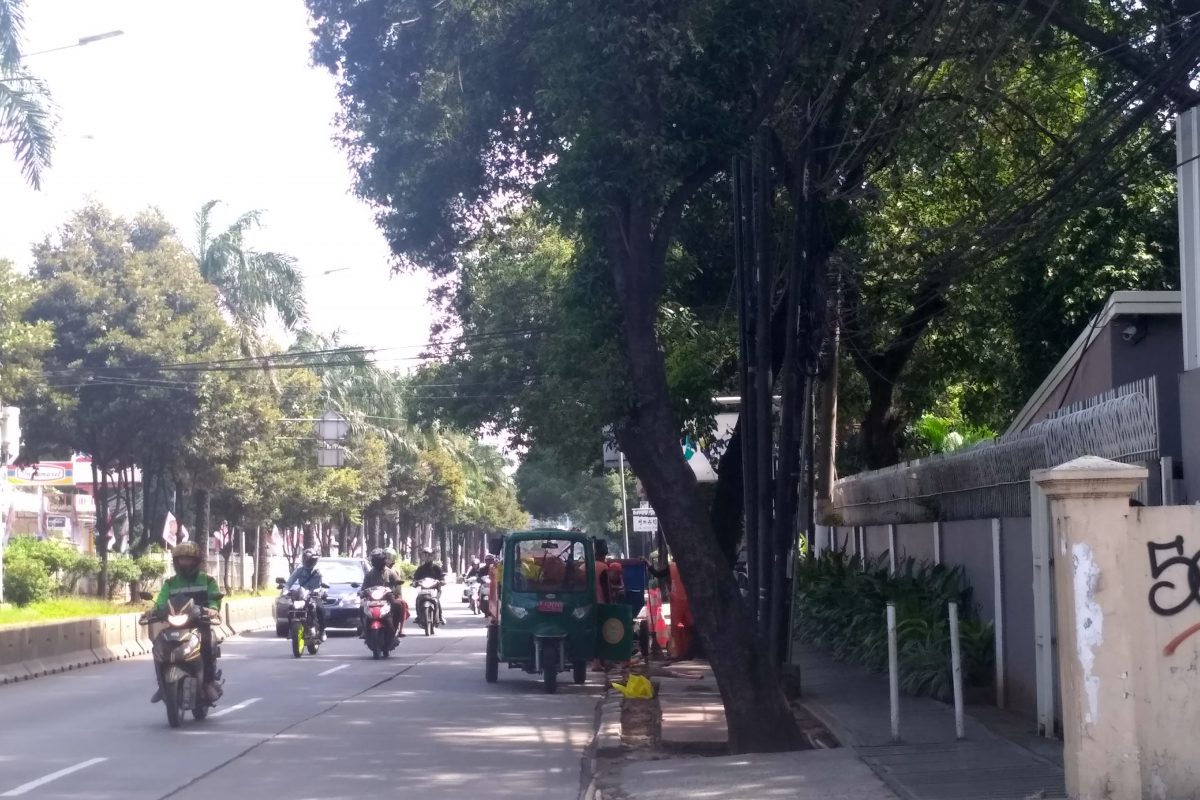
Keep up with our latest news and projects!

In Jakarta, traffic jams are a common sight outside almost every private school in the morning and in the late afternoon. Lines of cars waiting for the children to come out of school. While the older ones walk by themselves to the cars, the younger ones, more often than not, are accompanied by their designated escort – be it family members or nannies – who pick them up in front of the school door. For the younger children of these private schools, their life jumps from the school to their home, while the space between them is the car that brings them through the city. In a city like Jakarta, which ranks low in the Safe City Index (2017), parents are intent on protecting their children from crime. However, the intention detaches the children from their own city.
Safety and security concern impedes Children Independent Mobility (CIM) in many countries. However, there has not yet been any in-depth research on how safety and security reduce CIM in Jakarta. Yet, looking at the specific area, where children have the chance to experience the city and the direct space around their school, we can gain a sense that children from poorer families seem to have higher mobility independence, albeit this might not be voluntary. More expensive schools are more enclosed compared to the less expensive ones.
Concerns such as kidnapping are voiced in schools, although they are not limited to kidnapping by strangers, but rather due to the dispute between divorced parents. Parents also worry about the peddlers that might sell drugs or other inappropriate goods to the children right in front of the school gate, as media blew up the issue following findings by the police of drug-containing candies. Topics on sexual harassment on children that have gone through the roof, both through the media as well as through parents and family chat groups increasing the perception that Jakarta is unsafe. Data from the Indonesian Children Protection Commission shows, however, that crime towards children is often by people close to the children instead of strangers.
 Peddlers selling food near a school
Peddlers selling food near a school
Private schools in Jakarta, especially those that cater to higher social status, often have introverted design. They are fenced, often not allowing visual access to increase privacy, at times as part of their selling points to the parents. The gates are closed, except before and after school hours with security guards on standby. The front of these closely guarded schools is sterile from peddlers, unlike the less introverted school, where food and toy peddlers can easily be found around school gates especially nearing the end of school hours.
The direct surrounding of the school varies depending on the area. However, like most areas in Jakarta, they have low walkability. The sidewalk is often not available along the street in front of the school or in bad condition. The pedestrian area is often badly implemented with different levels, often more than 20 cm level difference from the road, making the sidewalk uncomfortable for walking, especially for children, as they have different measurements than adults. It is common to see an unmaintained walkway with loose pavings or cracked surfaces. In addition, public transportation is still deemed insufficient in Jakarta. Furthermore, there is a perception from the past that public transportation is unsafe, not only from crime but also from fights between schools. Public school buses are available, albeit limited. With the private motorized vehicle still the preferred mode of transport among the residents, the number of motorised vehicles increases, resulting in more busy traffic. The conditions discourage parents to let their children walk a long distance from the school or take public transportation. At the most, they let their children take online-based transportation when they cannot pick the children up, or their chauffeur is not available, as they can still control where their children are.
 A school within a high-end residential area
A school within a high-end residential area
 Walkway condition in front of a school along an arterial road
Walkway condition in front of a school along an arterial road
Although the condition seems bleak at the moment, an improvement in public transportation and the pedestrian area is progressing at the moment. With better pedestrian and city condition on the ground level, people are expected to feel safer when they are walking. This called our attention to creating children-friendly school zones in Indonesia, which can lessen parents’ worries. Starting from providing universal design, pedestrian areas where adults and children can comfortably walk, to increase security by trusted eyes on the street such as providing safe-house, hopefully, parents can give the children more freedom to roam and become more connected to their city.
This article belongs to a series of stories about the city at eye level for kids! You can access the full book online in PDF or pre-order your hardcopy to be delivered to your home.
Get your book here